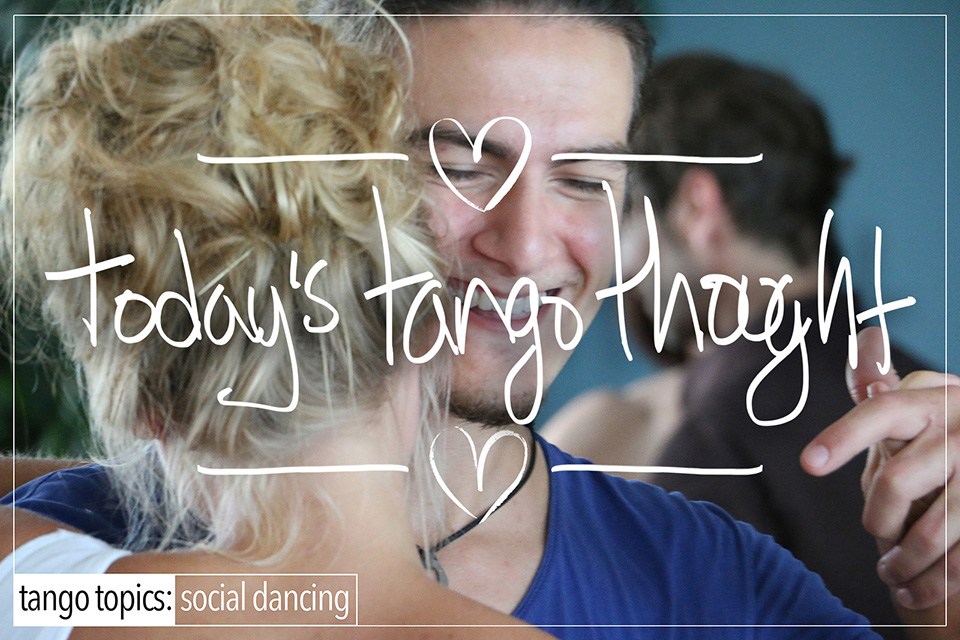Private Lessons, or ‘Privates’ as they’re called sometimes, can really help you, can change you. Sometimes. And sometimes not. There are several reasons why private lessons won’t help or change you. 1.) Is the teacher you’ve chosen isn’t really a didactic teacher. What’s that ? It’s a teacher that is focused on dancing with you for an hour, pointing out all your flaws, with very little correction. A didactic instructor instead focuses on your foundation and fundamentals, like walking, stability, balance (which are not the same things by the way), your embrace, your body position and body placement, your understanding of the beat and engaging the musical pauses, just to name a few. A didactic teacher can really change you, and up your game. 2.) You. And the thinking that private lessons can be the magical fix all. They’re not. You actually have to, god forbid, work! And then here’s the hard part: Practice!
Barring the above, for a private lesson to be effective, more than one is absolutely required – think in terms of 10 to 20.
The reality is that if you want any real change to how you are dancing, you must, must, must study. There are a number of ways to do this, however nothing replaces one-on-one study with a teacher to give you the kinesthetic feedback that you need, as you are dancing with them, and in the case of the didactic teacher one that does both dancing with you and focusing on your foundation, and furthermore doesn’t let you get away with anything at all.
At the same time having access to visual resources that can remind, and inspire you is also critical, as is practicing daily to reinforce what you have studied, as well as private practice with multiple partners, as well as social dancing.
To be clear: “Study” is not one thing, it’s several and all of them must happen at the same time for their to be any change in you. Remember the goal is not to be perfect (not perfectionism), but to be a very desirable to all the people that you dance with. And building that ‘desirability’ takes time, patience, perseverance, determination, and most of all practice!
The end result is not to practice for the dance you have now, but the dance you want to have later.
And the typical haphazard, willie-nilly, one off lesson here and there will do absolutely nothing for you except lighten your wallet by 100.00 to 150.00 (dollars/euro/pounds).











